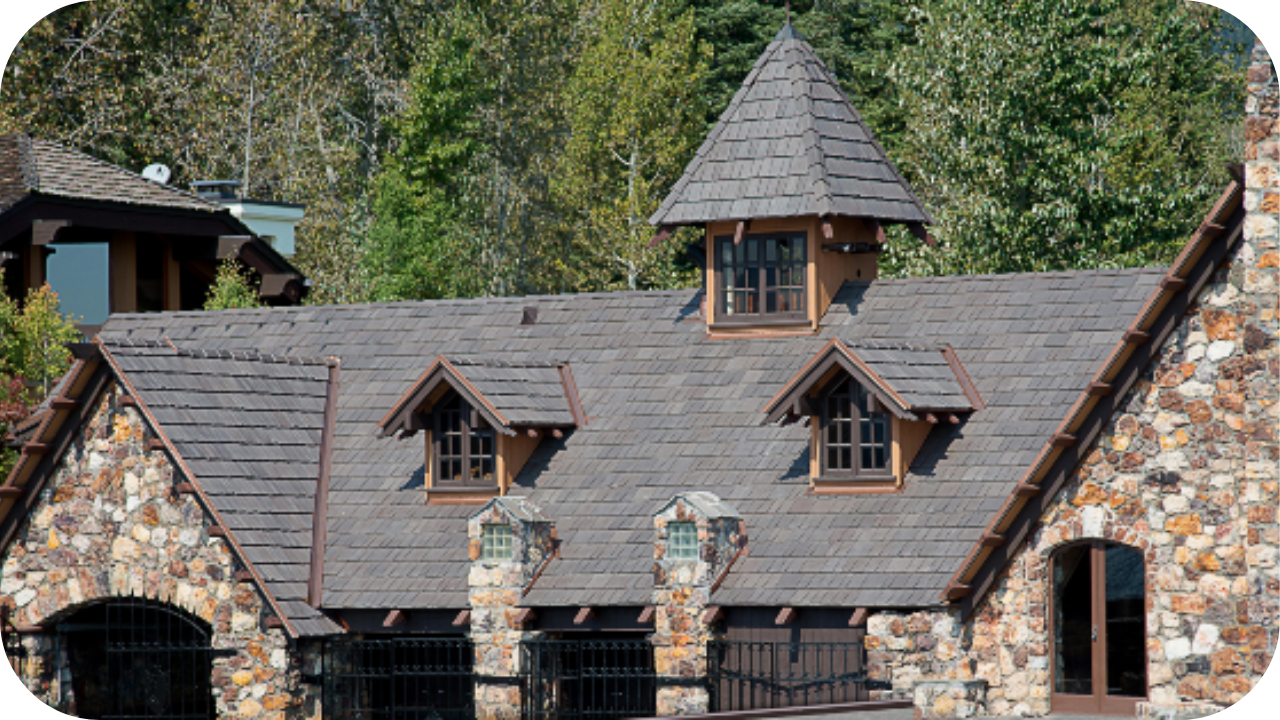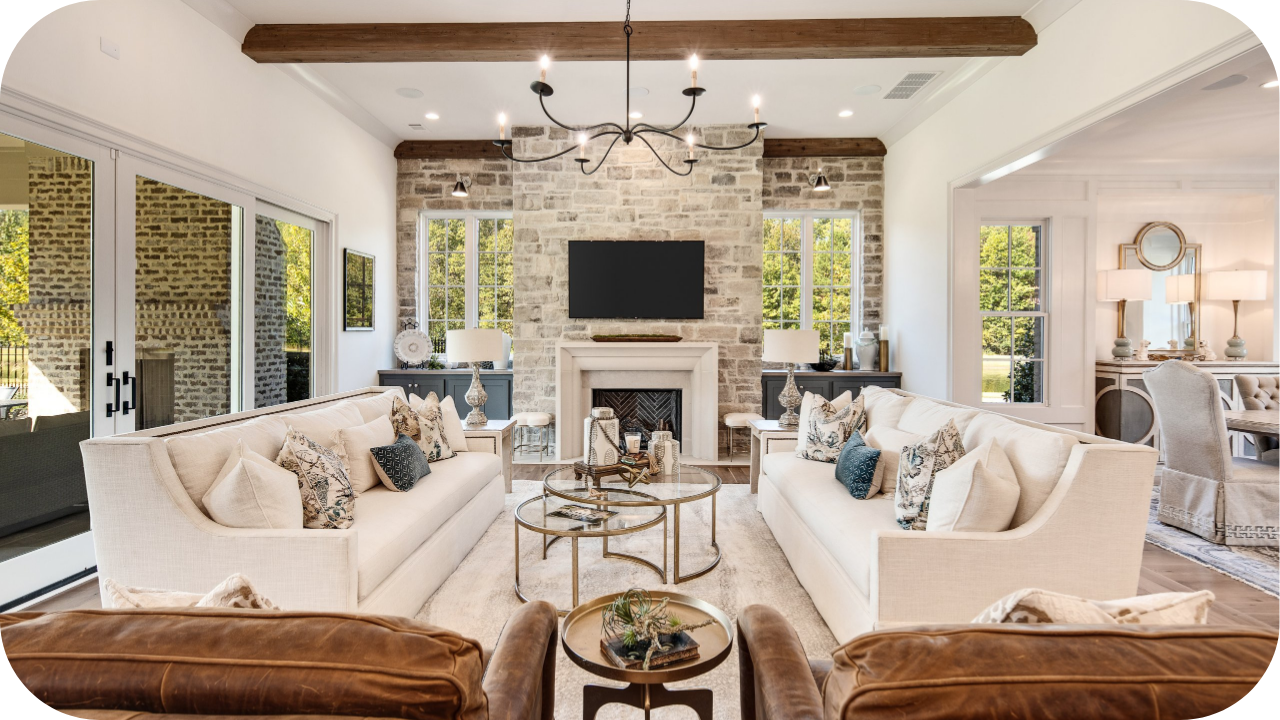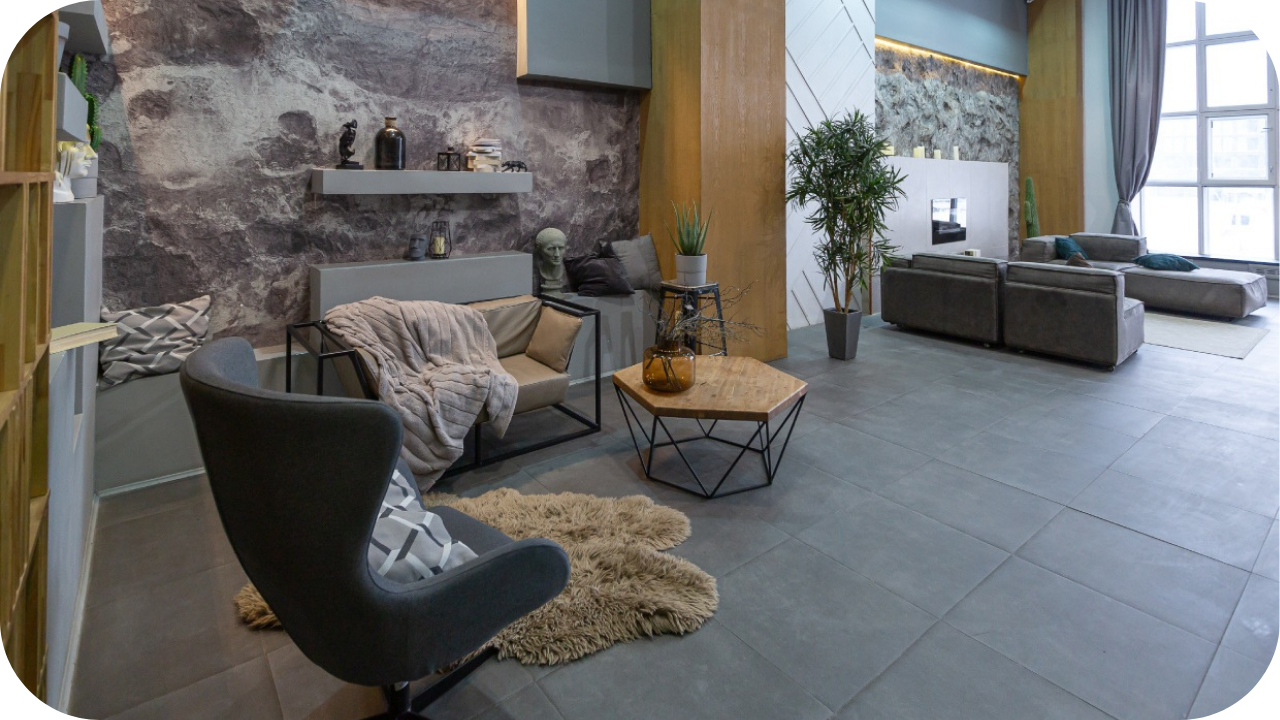
Choosing the right stone tones for your home can make a world of difference when creating a cohesive, aesthetically pleasing environment.
Whether you’re designing an outdoor patio or an eye-catching feature wall, matching the right stone with your home’s existing colours ensures a seamless integration.
At Splendour in Stone, we offer a range of natural stone options perfect for enhancing both your indoor and outdoor spaces.
In this article, we’ll guide you through selecting stone tones that complement your home’s unique colour palette. Read on.
Understanding Your Home’s Colour Palette
Before selecting stone, it’s essential to understand your home’s existing colour scheme. Identifying the main tones in your home can be the key to finding the right stone.
Identify Key Colour Groups
Look at the dominant hues in your home—these could include the colour of your walls, furniture, floors, and existing stone or architectural elements. Once you grasp these, you can start to match the tones of your stone more effectively.
Warm vs. Cool Tones
The first step in choosing your stone is to understand whether your home has warm tones (e.g., creams, beiges, earthy browns) or cooler tones (e.g., greys, whites, blues).
Warm tones tend to create a welcoming, earthy atmosphere, while cool tones offer a more modern, sleek vibe. Matching the stone tone with this backdrop ensures a harmonious look.
Undertones in Your Home
Don’t forget to consider undertones in your existing materials. If your furniture or walls feature warm wood or golden hues, stone tones with warmer undertones (such as honey-toned sandstone) will blend well.
Conversely, cooler undertones in your space (like blue-toned walls or metals) will be complemented by stones like slate or granite with cooler shades.
How to Match Stone to Your Home’s Palette
Now that you understand your home’s colour palette, it’s time to select the right stone tones for a cohesive and balanced design.
1. Match with Existing Colours
When matching stone tones to your home’s palette, consider the dominant colours in your space. If your room features warm colours, such as beige, cream, or earthy tones, then choosing stones with similar warm undertones is best.
Stones like light sandstone or soft beige limestone can add a natural, welcoming warmth that complements the surrounding décor.
Choose stones with cooler undertones like grey slate, charcoal granite, or cool-toned marble for cooler spaces with neutral grey walls or blue accents. These tones will help achieve a sleek, contemporary aesthetic without clashing with your home’s colour scheme.
2. Stone Tones for Different Rooms
Each room in your home may require a different approach when matching stone tones to your palette. In living spaces, you may prefer lighter stones that make the room airy and expansive. Pale limestone or light grey sandstone works well to brighten up the space and enhance the overall lightness of the room.
For feature walls, however, contrast is key. Darker stones like slate or granite create a striking focal point that draws attention while still maintaining the cohesion of the room’s overall design. These dark tones work well against lighter or neutral walls, adding drama and depth without overwhelming the space.
3. Outdoor Areas
Outdoor spaces like courtyards, patios, and feature walls often have different needs. For example, stones that match the greenery and nature around them in an outdoor patio create a harmonious feel. Warm-toned stones like honey-toned sandstone are an excellent choice, complementing the natural outdoor surroundings.
Alternatively, dark stones like slate or granite can create a dramatic and sophisticated look if you are designing an outdoor feature wall. These darker tones can also perfectly contrast against surrounding light-coloured furniture or lush plant life, adding character and creating a distinct visual separation between different outdoor zones.
4. Seamless Integration with Architecture
Stone tones should also be selected with your home’s architectural style in mind. You can achieve a bold look for modern, minimalist homes by selecting darker stones such as charcoal slate or deep grey granite. These stones contrast beautifully with sleek, light-coloured facades and clean lines, creating a striking, contemporary aesthetic.
For homes with traditional architectural features, softer stones like limestone or sandstone work well to maintain a timeless, natural look. These stones blend seamlessly with the earthy tones of timber or brick, allowing the stone to enhance your home without competing with other materials.
Choosing the Right Stone for Feature Walls and Cladding
Stone cladding and feature walls are excellent ways to add character and texture to interior and exterior spaces. When choosing your stone, consider the following:
- Consider the Aesthetic: Choose a stone that complements your overall design theme. The right stone sets the tone, whether you’re after a modern, rustic, or traditional look.
- Durability: Opt for durable stones like granite or quartzite that withstand weather conditions and daily wear, especially for outdoor cladding.
- Texture & Finish: Select stones with the texture and finish that suit your desired look—smooth for sleek aesthetics or rough for a more rugged feel.
- Colour Palette: Ensure the stone’s colour complements the surrounding elements, such as flooring and furniture, creating a cohesive space.
- Maintenance: Some stones require more upkeep than others. Go for options like sandstone or marble if you’re looking for low-maintenance beauty.
- Budget: While natural stones can vary significantly in price, balancing quality with budget is important to ensure long-term value.
How to Consider Lighting When Matching Stone Tones
Lighting greatly affects how your stone tones will look in your home.
Natural Light
Natural light can either warm up or cool down the appearance of stone. In sunlit rooms, light-coloured stones will appear brighter and more open, while darker stones may look richer and more dramatic.
Artificial Lighting
The type of artificial lighting you use—such as warm or cool lights—also affects how stone tones appear. Warm lighting will enhance the golden hues of stones like sandstone, while cooler lighting can bring out the grey tones in stones like slate or granite.
Tips for Mixing Different Stone Types
When it comes to stone, it’s not just about matching tones—texture and variety play a significant role in achieving visual interest:
- Avoid Over-Matching: Don’t use stones that are too similar in colour or texture, as this can make the space look flat and lack contrast. Balance the space by introducing variation in the stone’s colour tones, texture, or pattern.
- Mix Light and Dark Stones: Combine light-coloured stones with darker accents to create balance and depth in the design. For example, pair light limestone with dark granite accents to create contrast without overwhelming the space.
- Texture and Finish Variety: Combine different finishes, such as polished, honed, or rough textures, to create interest in the design. For instance, mix a smooth, polished stone with a rough-hewn one for a dynamic visual effect.
- Complement, Don’t Compete: When mixing different stones, ensure they complement each other rather than compete for attention. This helps maintain a cohesive aesthetic. Avoid using too many bold, contrasting stones in one space, as it can create a cluttered or chaotic look.
- Play with Patterns: Experiment with patterned stones, such as those with natural veining or mosaic designs, alongside solid tones to create striking visual contrasts. For example, a marble stone with subtle veining can be paired with a solid, neutral-toned stone to balance the look.
- Consider the Scale: When mixing stones, consider their scale. Large-format stones work well for bold statements, while smaller stones can be used for more intricate designs. Keep the overall scale of your stone features in mind to prevent one stone from overpowering the other.
- Use Stone for Subtle Accent Pieces: If you want to add a splash of something different, use accent stones on smaller elements like columns, frames, or edges. These can be bold and striking without dominating the space.
- Think About Maintenance: Different stone types require varying levels of maintenance. When mixing stones, ensure that the materials you choose are practical for the area and won’t require too much upkeep.
- Consider Local Stone Variations: Be mindful of the natural variations in stone types from different quarries or regions. These variations can add a unique, one-of-a-kind touch to your home’s design.
Conclusion
If you’re ready to start integrating natural stone into your home, visit Splendour in Stone for expert advice and a wide selection of beautiful stone options. Our team can help you choose the perfect stone to match your home’s palette and style.
More To Explore

Stone Accents: Adding Charm to Modern Interiors with Natural Stone
Modern interiors seek a balance of style, durability, and uniqueness. Natural stone accents are a game-changer, adding timeless elegance and character to any space. As

Natural Stone Features That Will Transform Your Living Room
Natural stone elevates any living room with elegance, texture, and timeless appeal. Its versatility allows it to enhance both modern and traditional spaces. From stone


